Endorsements to come  THE POLEMICAL THEOLOGY OF THE OLD TESTAMENT
THE POLEMICAL THEOLOGY OF THE OLD TESTAMENT
JOHN D. CURRID
WHEATON, ILLINOIS
Against the Gods: The Polemical Theology of the Old Testament
Copyright 2013 by John D. Currid
Published by Crossway
1300 Crescent Street
Wheaton, Illinois 60187
All rights reserved. No part of this publication may be reproduced, stored in a retrieval system, or transmitted in any form by any means, electronic, mechanical, photocopy, recording, or otherwise, without the prior permission of the publisher, except as provided for by USA copyright law.
Cover design: Tyler Deeb, Pedale
First printing 2013
Printed in the United States of America***OR WHAT OTHER COUNTRY?*** Unless otherwise indicated, Scripture quotations are from the ESV Bible ( The Holy Bible, English Standard Version ), copyright 2001 by Crossway. 2011 Text Edition. Used by permission. All rights reserved.
In some quotations from the ESV, the author has substituted Yahweh for the L ord . Scripture quotations marked at are the author's translation.
All emphases in Scripture quotations have been added by the author.
Trade paperback ISBN: 978-1-4335-3183-5
PDF ISBN: 978-1-4335-3184-2
Mobipocket ISBN: 978-1-4335-3185-9
ePub ISBN: 978-1-4335-3186-6
***WILL INSERT CIP INFORMATION HERE***
Crossway is a publishing ministry of Good News Publishers. XX 23 22 21 20 19 18 17 16 15 14 13
15 14 13 12 11 10 9 8 7 6 5 4 3 2 1
Contents
Creation Accounts
and the Spurned Seductress Motif
the Egyptian Book of the Heavenly Cow
General Index 00
Prologue
This book is about the relationship between the writings of the Old Testa
frank, there is little consensus regarding exactly how the two relate to each other. There are extremes, to be sure: on the one hand, some believe that ancient Near Eastern studies have little to contribute to our understanding of the Old Testament and, in fact, constitute a danger to Scripture. On the other hand, there are some who would say that the Old Testament is not unique but it is merely another expression of ancient Near Eastern literature that is grounded in myth, legend, and folklore. Surely the truth lies somewhere between the two extremes. It is certainly undeniable that the historical, geographical, and cultural context of the Bible is the ancient Near East, and study of the era has much to add to our understanding of the Old Testament. But it is also true that the Old Testament worldview is
all-pervasive monotheism. It simply does not swallow ancient Near Eastern thought hook, line, and sinker. And so, the question for modern minds in this regard is, what precisely is the relationship of the Old Testament to ancient Near Eastern literature?
This book attempts to look at one particular slice of this large and multifaceted issue. My hope is to advance the debate a little, stir up some thoughts, and perhaps make some progress in the discussion. The book, however, is not written for scholars, although I hope some scholars may
introductory and, therefore, is designed for
10 Prologue
those who know little about the topic of polemical theology. My desire is that it might invigorate people to do further study in the Old Testament and its relationship with ancient Near Eastern culture and thought.
The study is also meant to be exemplary and not exhaustive. In other words, I do not consider every case of polemical theology in the Old Testament, nor is every example I consider done in exhaustive detail. My objective is to demonstrate that the concept of polemics is not foreign to or uncommon in the Old Testament. And, in fact, polemical writing was commonly practiced throughout the entire ancient Near East.
The study is also not meant to be reductionistic . The relationship between the Old Testament and ancient Near Eastern literature and culture is quite complex. I am focusing on only one aspect of that relationship, and it is obviously only one lens by which to look at the material. There are numerous other lenses that ought to be employed to examine the material in order to arrive at a fully developed perspective on this vast issue. I am aware that I may be accused of being minimalistic , but that is certainly not my intention. My desire is to push things forward in order to stimulate conversation.
The main ideas of the monograph were originally presented in a series of lectures I gave at the Fall Conference at Reformed Theological SeminaryCharlotte in 2007. That three-part series was entitled, Crass Plagiarism: The Problem of the Relationship of the Old Testament to Ancient Near Eastern Literature. Much has been added to that seminal work, and this new material has been included in this book. In many ways, it remains a work in process, and I hope to write on the topic for years to come.
It is a pleasure to take a moment to thank those who helped in the preparation of this manuscript. First, I would like to thank my teaching assistant, Lacy Larson, for her labors in this project. I am grateful, as well, to Reformed Theological SeminaryCharlotte for granting me a study leave to produce the book. Justin Taylor of Crossway was encouraging to me from beginning to end, and I appreciate his support of this project.
See, for example, John D. Currid, Ancient Egypt and the Old Testament (Grand Rapids, MI: Baker, 1997), page 62 and note 64.
1
A Brief History of Ancient Near Eastern Studies
Ancient Near Eastern study today is a highly developed discipline that includes much modern technology, with computer analysis and data organization as dominating forces. Obviously, this has not always been the case because at its inception in the beginning of the nineteenth century no such
were those who discovered unknown languages and those who deciphered them. In reality, the serious examination and study of the cultures of the
barely two hundred years old. Presently, the discipline is thriving, becoming specialized, and the amount of information is exploding. How did such a development occur in a mere two hundred year period? How did the discipline evolve into what it is today? This chapter will attempt to do
One example of specialization is that my terminal degree is a Ph.D. in Syro-Palestinian Archaeology in the Department of Near Eastern Languages and Civilizations at the University of Chicago. Many people that I give that information to have absolutely no idea what I am talking about!
The Beginnings of Research in the
Ancient Near East (17981872)
Prior to 1798, the worlds knowledge of the history of the ancient Near East was principally derived from the Bible and from some early Greek writers who preserved some aspects of it in their own histories. One of the
century BC. He introduced his history with a famous statement:
I, Herodotus of Halicarnassus, am here setting forth my history, that time may not draw the color from what man has brought into being, nor those great and wonderful deeds, manifested by both Greeks and barbarians, fail of their report, and, together with all this, the reason why they fought one another.
One of Herodotuss primary goals in writing a history was to give explanation and understanding to the hostilities between the Greeks and the
work included some information about the histories of Egypt, Babylon, Assyria, Phoenicia, and other areas of the ancient Near East. Much of his testimony came from oral tradition that was provided by contemporary
- thiness of Herodotuss history is a matter of raging debate: to some he is the father of history, and to others he is the father of lies. No matter, the evidence of the history of the ancient Near East prior to the nineteenth century was paltry.
Next page
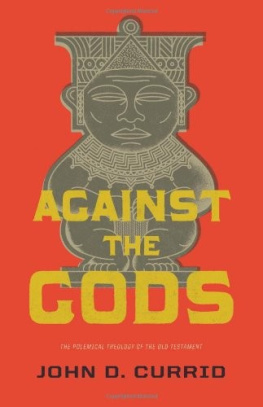

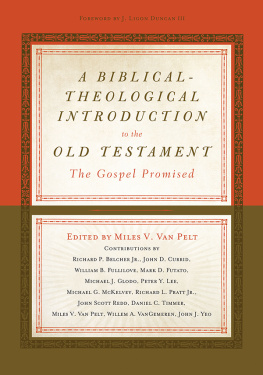
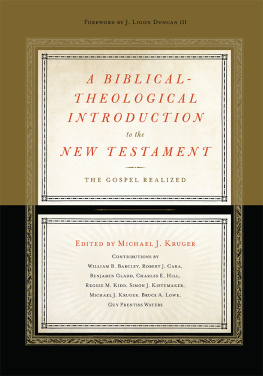
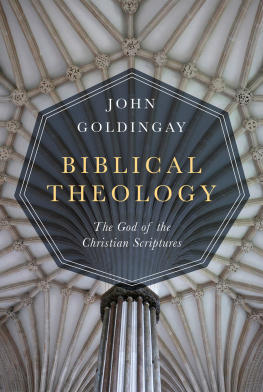
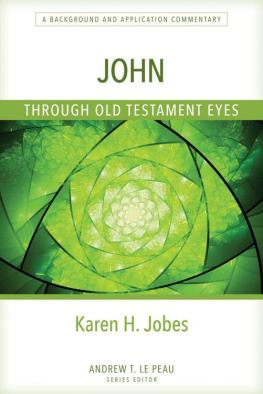

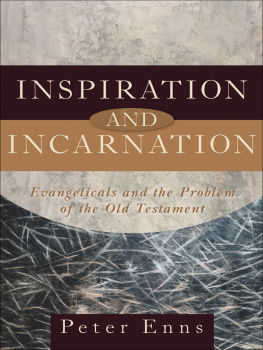
 THE POLEMICAL THEOLOGY OF THE OLD TESTAMENT
THE POLEMICAL THEOLOGY OF THE OLD TESTAMENT